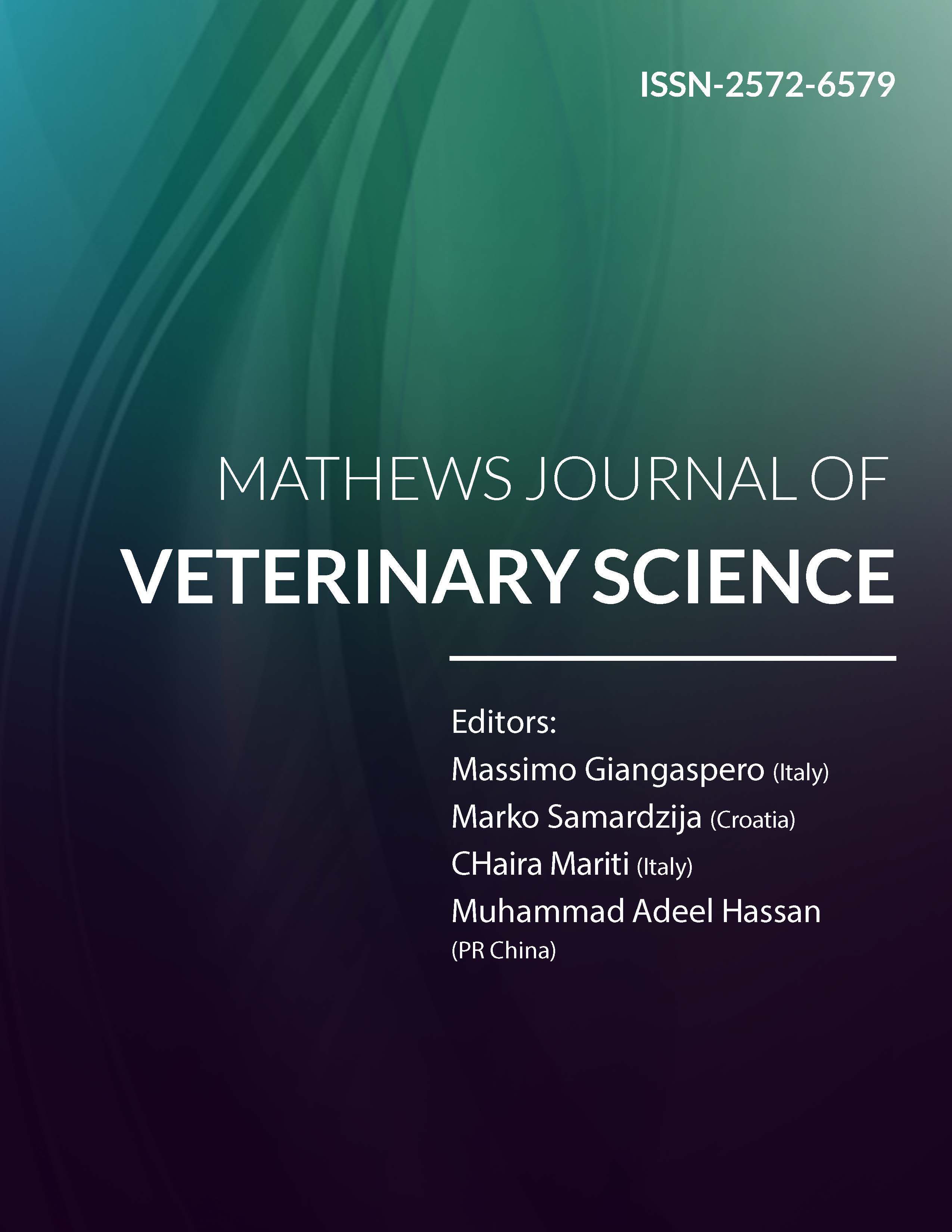
Information Links
Previous Issues Volume 1, Issue 1 - 2016
Twisted Fat Stranding in a Dog with Isolated Splenic Torsion Diagnosed with Computed Tomography
Katharina Flatz1, Andreas Blutke2, Bjorn Berger1, Andrea Meyer-Lindenberg1, Andreas Bruhschwein1
1Clinic of Small Animal Surgery and Reproduction, Germany.
2Institute of Veterinary Pathology at the Centre for Clinical Veterinary Medicine, Ludwig-Maximilians-University, Munich, Germany.
Corresponding Author: Katharina Flatz, Centre for Clinical Veterinary Medicine Ludwig-Maximilians-University, 80539 Munchen, Germany.Tel: +49 (0) 89 / 2180 - 2634; Email: [email protected]
Received Date: 29 Apr 2016
Accepted Date: 19 May 2016
Published Date: 14 Jul 2016
Copyright ©2016 Flatz K
Citation: Flatz K, Blutke A, Berger B, Meyer-Lindenberg A, et al. (2016). Twisted Fat Stranding in a Dog with Isolated Splenic Torsion Diagnosed with Computed Tomography. Mathews J Vet Sci. 1(1): 003.
ABSTRACT
A 7- year- old, male canine was referred with apathy and anorexia from last four days. Radiography revealed splenomegaly and ultrasound showed a "lacy parenchyma" with "hyperechoic perivenous" triangle. A tentative diagnosis of splenic torsion was made. The CT examination was performed for special reconstructions and to obtain additional information to confirm the diagnosis. Images in an oblique plane transversal to the splenic arteries and veins were reconstructed. Looking at these images in a fast forward video mode, the rotated pedicle, containing the splenic vessels along the gastrosplenic ligament, surrounded by the twisted, striated, hyperattenuating fat had a striking resemblance to a meteorological satellite video of a tornado. The "Tornado sign" is a characteristic, possibly pathognomonic sign of splenic torsion. Splenic torsion was than confirmed on exploratory laparotomy. The dog recovered completely with supportive care. In conclusion, if torsion of an organ is suspected and computed tomographic images in standard planes fail to demonstrate and identify the rotation, images perpendicular to the pedicle and/or main mesenteric or hilar vessels supplying the organ should be reconstructed and evaluated in a fast forward video mode as an additional diagnostic tool.
KEYWORDS
Dogs; Radiology; Computed Tomography; Splenic Torsion; Fat Stranding.